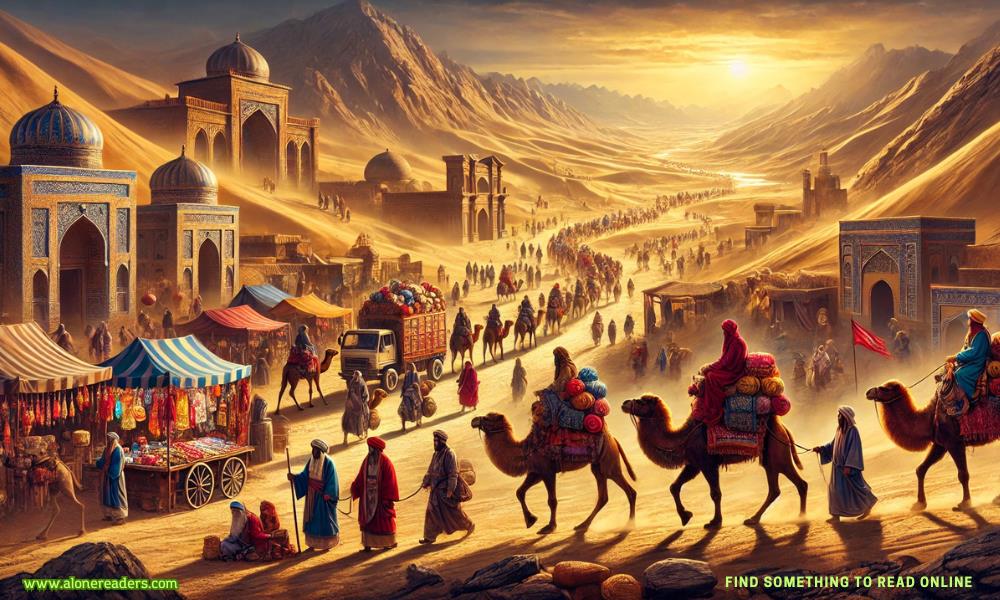
The Silk Road, a sprawling network of trade routes that stretched across Asia, Europe, and North Africa, was far more than just a pathway for commerce. It was a lifeline connecting distant civilizations, a conduit for the exchange of ideas, and a treasure trove of cultural and material wealth. For over a millennium, this network facilitated the movement of goods, technologies, and philosophies, leaving an indelible mark on human history. Even today, the mysteries and stories of the Silk Road captivate historians, archaeologists, and enthusiasts alike.
The origins of the Silk Road date back to ancient China during the Han Dynasty around the second century BCE. Named after the luxurious silk that was one of its most prized commodities, the Silk Road was never a single road but a complex network of interconnected routes. These pathways traversed mountains, deserts, and plains, linking cities like Chang'an (modern-day Xi'an) to distant metropolises such as Rome and Constantinople. Beyond silk, the routes were vital arteries for trading spices, precious metals, ceramics, and gems, while also enabling the exchange of religions, languages, and artistic traditions.
The treasures of the Silk Road were not merely material. Alongside the physical goods came a wealth of intangible cultural assets. Religious philosophies like Buddhism traveled from India to China and beyond, carried by monks and missionaries who journeyed alongside merchants. This spiritual exchange shaped the art, architecture, and literature of the regions the Silk Road touched. Similarly, advancements in science, medicine, and technology were disseminated along these routes. For instance, paper-making techniques traveled westward from China, revolutionizing communication and record-keeping in Europe and the Islamic world.
The trade routes were not without peril. Caravans often faced extreme weather conditions, treacherous terrains, and the constant threat of banditry. Yet these challenges did not deter the flow of goods and ideas. To ensure safety, travelers relied on a network of caravanserais, or roadside inns, which provided shelter and a place to trade information. These hubs became melting pots of diverse cultures, where merchants, pilgrims, and adventurers exchanged stories, knowledge, and traditions.
The treasures unearthed along the Silk Road provide fascinating insights into the civilizations that thrived during its peak. Sites like Dunhuang in China and Samarkand in Uzbekistan reveal extraordinary artifacts, from intricately painted murals to manuscripts that document the lives and beliefs of those who lived centuries ago. One of the most famous discoveries was the Mogao Caves in Dunhuang, where thousands of ancient manuscripts, paintings, and sculptures were found, offering a window into the artistic and spiritual life of the time.
The decline of the Silk Road came with the rise of maritime trade routes and the fragmentation of the Mongol Empire, which had once ensured stability across vast portions of the network. However, the legacy of the Silk Road endures. Its influence is evident in the art, architecture, and cultural traditions of the regions it connected. Modern efforts to rediscover and preserve Silk Road sites continue to uncover hidden treasures and untold stories, reigniting interest in this remarkable chapter of human history.
The Silk Road was more than a trade network; it was a bridge between worlds. It fostered connections that transcended geography, linking people and cultures in a shared pursuit of prosperity and knowledge. The treasures of the Silk Road—both tangible and intangible—serve as a testament to the ingenuity, resilience, and curiosity of humanity. As we uncover its secrets, we gain a deeper appreciation for the ways in which our ancestors shaped the interconnected world we inhabit today.